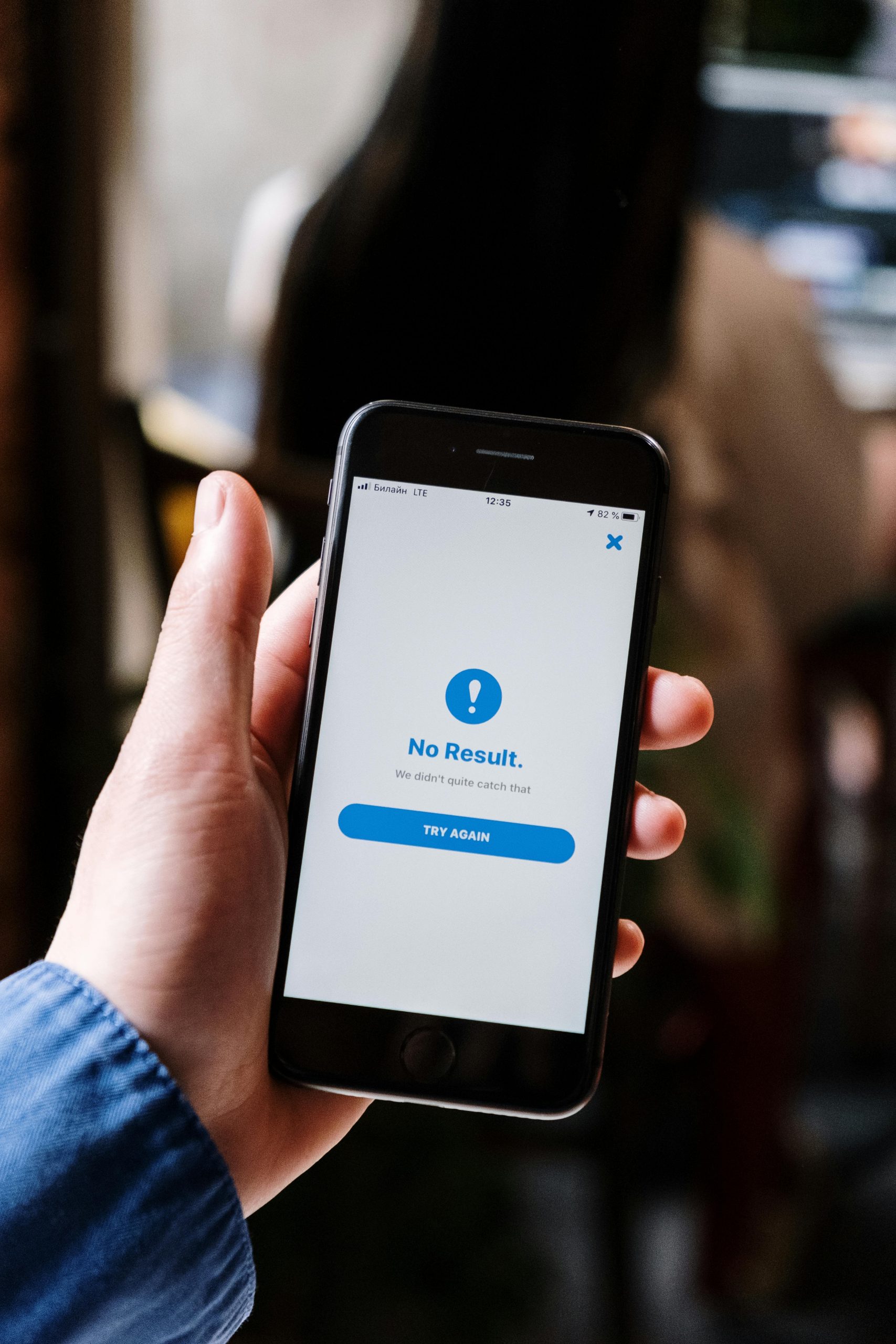If you’re involved in an accident where the at-fault driver is underinsured, meaning their insurance coverage is insufficient to fully cover the damages or injuries you’ve incurred, there are specific steps you can take to address the situation:
Review Your Insurance Policy: Check if your insurance policy includes Underinsured Motorist (UIM) coverage. If it does, this can help cover the difference between the at-fault driver’s policy limits and the actual damages up to your policy limit.
Document the Scene and Damages: Gather as much evidence as possible from the accident scene. Take photos of the vehicles, the accident scene, and any visible injuries. Obtain a copy of the police report, and collect contact information from all involved parties and witnesses.
Notify Your Insurance Company: Report the accident to your own insurance company as soon as possible. Provide them with all the details and documentation you have gathered. They will guide you in the claims process, especially if you need to tap into your UIM coverage.
Medical Evaluation: Seek medical attention if you sustained injuries. Immediate documentation of any injuries is crucial for medical claims and for determining compensation.
Consider Legal Advice: It may be beneficial to consult a personal injury attorney, particularly if the damages exceed both the at-fault driver’s insurance limit and your UIM coverage. An attorney can help explore other recovery options, such as pursuing a personal injury lawsuit against the at-fault driver.
Explore Additional Avenues for Compensation: If the at-fault driver has personal assets, it might be possible to recover damages beyond their insurance limits through legal action. This step can be complex, requiring legal assistance to determine viability and to pursue a claim.
Negotiate a Settlement: Work with your insurance company and potentially the at-fault driver’s insurer to negotiate a fair settlement. Having comprehensive documentation and an assessment of damages will be instrumental during negotiations.
Financial Considerations: If insurance does not fully cover the damages and legal action is not viable, you might have to consider financial arrangements such as payment plans to cover repairs or medical expenses.
By systematically following these steps, you can effectively navigate the situation where the at-fault driver lacks sufficient insurance, aiming to minimize your financial burden from the accident.



